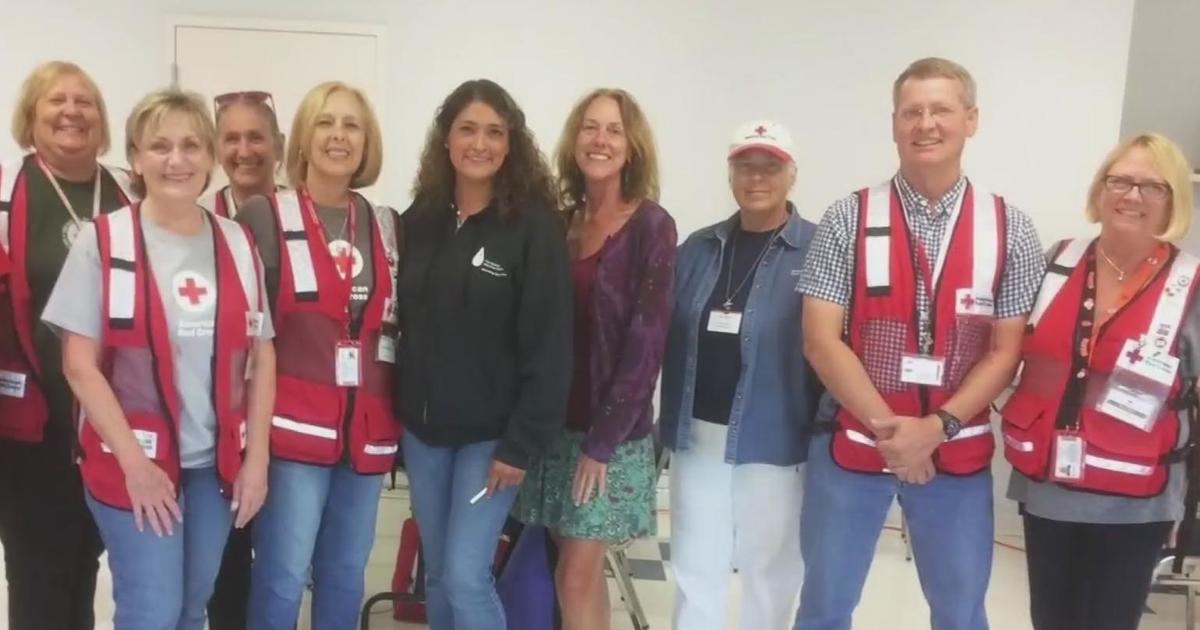Water Flowing Again Down Rebuilt Oroville Dam Spillway
OROVILLE (CBS SF) -- Water thundered down the rebuilt Oroville Dam spillway Tuesday for the first time since it crumbled in a near catastrophe that sent 180,000 local residents fleeing from their homes in 2017.
Officials released 10,000 to 20,000 cubic feet of water per second down the spillway to relieve pressure from the snowmelt of the Sierra's massive snowpack and a rainy week of spring weather.
"We certainly have looked at the independent forensic team's report as well as many other studies as to what caused the failure of the main spillway in 2017," said Erin Mellon of the California Dept. of Water Resources. "We've made those adjustments and improvements based on those reports. Much of that was addressed in using 21st century design."
More than half a century since most of the town of Oroville turned out to welcome this mountainous addition to this landscape, more than a few residents turned out Tuesday to see something else. "Oh, one of the most scrutinized pieces of construction in recent history," said Bud Taylor, one of the people who showed up to watch the spillway opening.
But many local residents also took a few moments on Tuesday to reflect back on that Sunday afternoon filled with panic in February 2017.
"It was a mass panic," recalled Oroville Mayor Chuck Reynolds. "People taking vehicles that didn't belong to them. It was a complete panic."
Despite all of the attention, Tuesday was not really a test drive of this new spillway or special procedure; just the Department of Water Resources returning the dam and the Feather River to what should be normal operations. "This is how the lake has been managed, going back to when it was built in the 60s," Mellon explained.
The only change is that two years after the crisis, the dam has a new, state-of-the-art main spillway. The department had been signaling a release was likely as lake levels climbed with rain and runoff into the lake.
"We're confident that this spillway has been redesigned with today's best modern technologies and engineering to accommodate for what lead to February 2017," said Mellon.
For some of those living downriver, the spillway isn't necessarily the concern. "The spillway is an amazing engineering feat," said Genoa Widener, who started a social media group for concerned dam neighbors. "They did it really quickly and it's great. The problem is that the rest of the dam is not up to date." Widener is one of the nearly 200,000 people who evacuated in 2017.
She says the assurance that the new spillway is safe because it is modern only raises more questions about the remainder of the Oroville Dam project. "I think it's important that the dam and really the whole complex be reevaluated."
As for the residents downstream, many are already looking past the spillway benchmark. They're hoping construction here will wind down so the public can finally regain access to Oroville Dam Road.
"It's been closed for over two years now," Reynolds said. "We would like access the access to be back to be able to utilize that."
The state is currently conducting a review of the rest of the dam. It is supposed to be complete next year.
Another uncertainty is how California will cover the $1.1 billion price of the new spillway. The Federal Emergency Management Agency recently rejected a request for more than $300 million worth of that cost, saying the dam's upper gated spillway was damaged prior to the heavy rains two years ago. DWR says it is appealing that determination.
Wilson Walker contributed to this report.
© Copyright 2019 CBS Broadcasting Inc. All Rights Reserved. The Associated Press contributed to this report.



